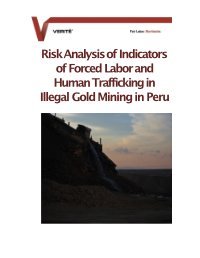By Human Rights Watch.
Millions of children in India toil as virtual slaves, unable to escape the work that will leave them impoverished, illiterate, and often crippled by the time they reach adulthood. These are India’s bonded child laborers. A majority of them are Dalits, so-called untouchables. Bound to their employers in exchange for a loan, they are unable to leave while in debt and earn so little they may never be free of it. The Indian government knows about these children and has the mandate to free them. Instead, for reasons of apathy, caste bias, and corruption, many government officials deny that they exist at all. Somewhere between sixty to 115 million children are working in India, most in agriculture, others picking rags, making bricks, polishing gemstones, rolling beedi cigarettes, packaging firecrackers, working as domestics, and weaving silk saris and carpets. Since Human Rights Watch’s first investigation in 1996, the Indian government has taken some positive steps to address the plight of working children and bonded laborers of all ages. At the same time, there are serious problems with implementation on the ground. In the last decade, efforts in some regions have driven bonded child labor out of factories and into households, which are partially exempt from the law, changing bonded child labor’s manifestation but not its prevalence or intensity. In many areas, bonded child labor still flourishes openly.
New York: Human Rights Watch, 2003. 89p.





